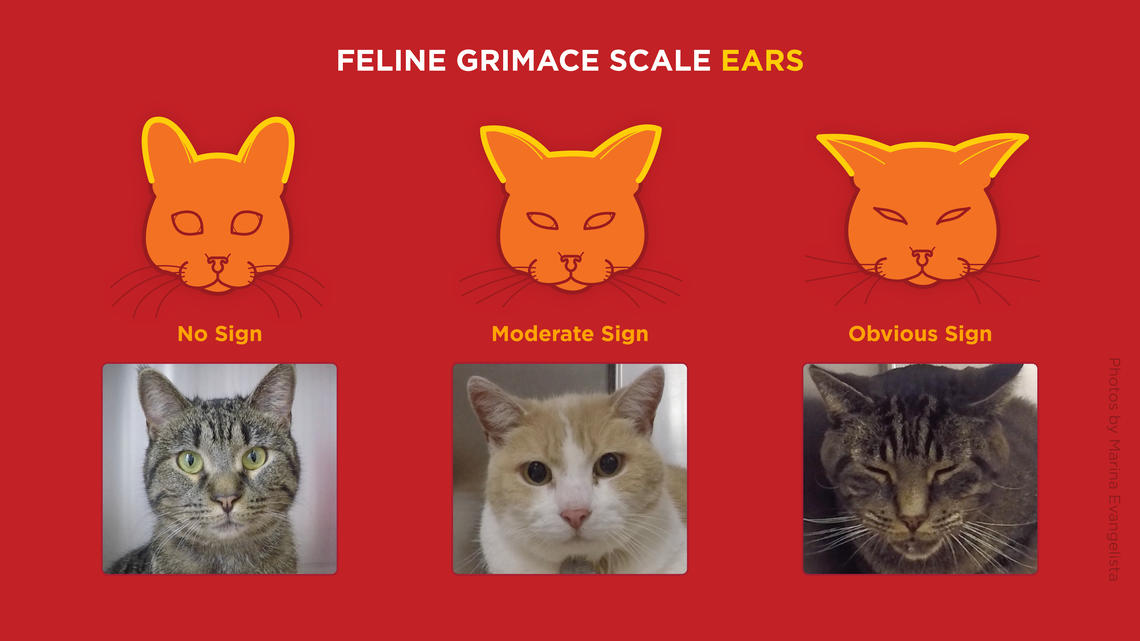Felines are known to hide their pain and as studies show, that can result in cats being under-treated and prescribed fewer pain killers than dogs.

New research from the University of Calgary has proved a feline’s face can speak volumes about the pain they’re experiencing.
This information has helped a team of veterinary researchers build a scale to assess a cat’s facial expressions and determine how much pain it is feeling.
The researchers hope this new tool will help veterinarians and cat owners identify and treat cats experiencing pain more efficiently and effectively.
Dr. Daniel Pang is a professor of anesthesia and analgesia at the University of Calgary and co-author of the study. His previous work on a grimace scale for rats helped develop the Feline Grimace Scale.
“Now we have something so you walk up to the cat, look at it and you make your assessment within seconds,” Pang said.

Get breaking National news
The Feline Grimace Scale measures pain by how the cat positions its ears, head, and whiskers, whether its eyes are open or closed, and muzzle tension.
“All of these things reflect whether there’s tension in the face,” said Pang.
“Veterinarians always say the same thing: they are unsure how best to assess pain, and they’re not comfortable doing it because they don’t feel they have the right assessment tools,” Pang said.
The new scale uses five facial indicators: head, ears, eyes, whiskers and muzzle.
“All of these things reflect whether there’s tension in the face,” said Pang.
Researchers hope veterinarians can quickly asses pain by observing if the cats’ ears are flattened and rotated outward, eyes are squinted, whiskers are bunched together, as well as if they’re showing a tense muzzle and lowered head.
The cat is then rated on a scale of zero to two: zero (no signs of pain), one (moderate signs) or two (obvious signs).
Researchers also determined a threshold score to help veterinarians determine if pain medication should be considered.












Comments